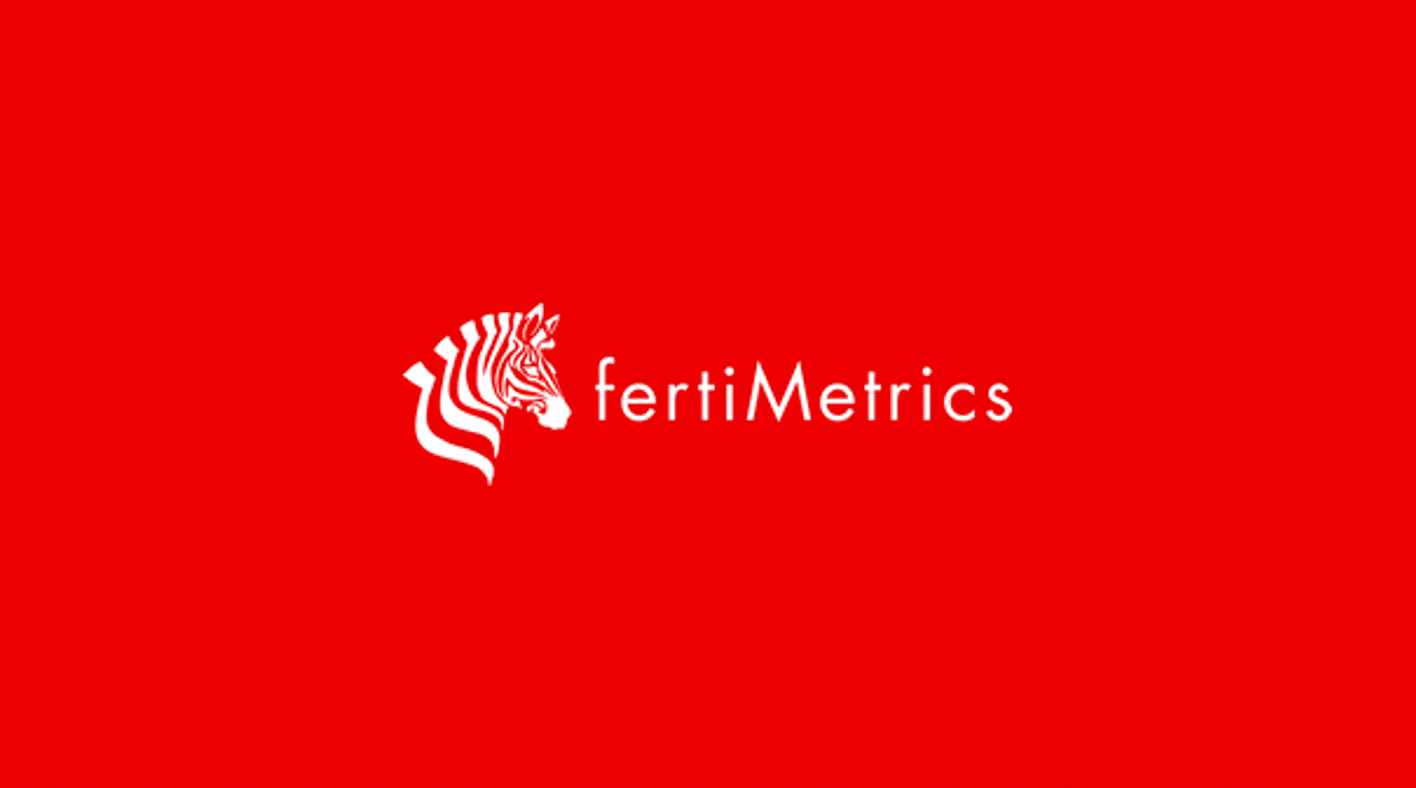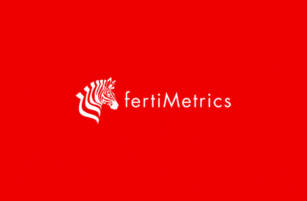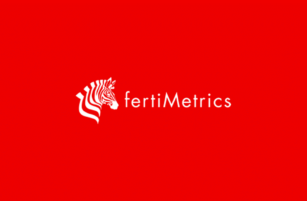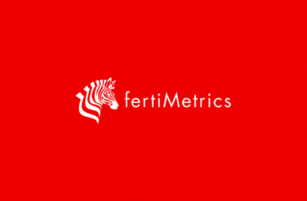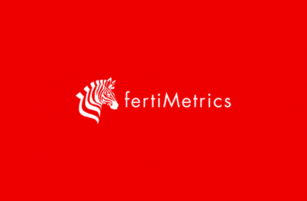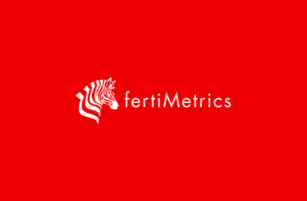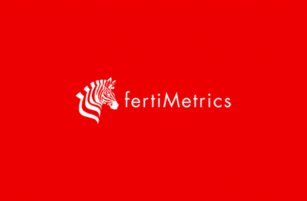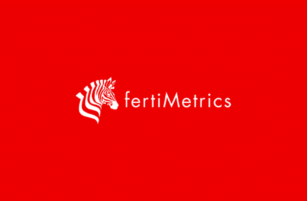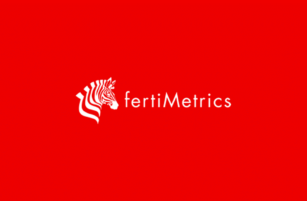Insight Focus
The urea market is bearish as it awaits another India tender. DAP prices are supported with demand from both India and Pakistan. Potash prices in Brazil dropped this week with concerns over affordability.
Indian Urea Demand Rises
The global urea industry, like other segments of the fertilizer industry, is dependent on a few large demand markets to import on a regular basis. India is one of the key markets and this week there were rumours that India’s government agency RCA will possibly announce a tender sometime next week for shipment in September.
India is trying as best as it can to become self-reliant on urea with annual domestic production now at around 32 million tonnes and domestic consumption at around 36 million tonnes, leaving an import demand of around 4 million tonnes. This is down from around 10 tonnes of imports just a few years ago. The numbers in India are massive.
Indian domestic urea sales rose to 4.65 million tonnes in July from 4.53 million tonnes in the same month last year, the latest provisional data show. Production was also higher, rising to 2.65 million tonnes from 2.48 million tonnes in July last year.

The rise in domestic consumption resulted in a further drop in countrywide stocks, to 8.7 million tonnes at the end of the month. Inventories had stood at around 10 million tonnes in mid-July, down from 11 million tonnes at the end of June and 11.3 million tonnes at the end of May.
Domestic urea demand is expected to remain supported in August, with monsoon rains accelerating to 533.3mm by August 6 since the start of June, up by 6.6% on the long-term average. The country’s meteorological department forecast last week that rainfall for the remainder of the monsoon season in August-September will be “above normal”, or higher than 106% of the long-term mean.
India is expected to buy up to around 1 million tonnes in the coming tender with 700,000 tonnes the most likely volume. The big question is where this volume will be coming from now that China is still not exporting due to Chinese government restrictions to keep domestic prices at a reasonably low level, thereby supporting the all-important farm community. Most likely the origins will be the Middle East and Russia.

In other markets, Egyptian urea slid to USD 350-355/tonne FOB on softer indications. But there were still no further export sales, with the focus remaining on the domestic market.
In Iran there were two sales, totalling 80,000 tonnes of granular urea, at USD 296/tonne FOB, up from USD 290/tonne FOB earlier in the week. Middle Eastern granular urea spot prices were broadly indicated stable at USD 340-345/tonne FOB.
In Brazil, granular urea prices were flat at USD 345-355/tonne CFR. Urea imports were 594,000 tonnes last month, down from the three-year average of 652,000 tonnes for July. January-July receipts were 3.64 million tonnes, up by 5.15% on a year earlier.
Brazil is expected to come into the market with substantial demand over the next few months to match last year’s import of around 10 million tonnes. However, Brazil has substantial support from sanctioned market like Venezuela and Iran as well as Russia.
The US NOLA urea barge price increased by USD 5/short ton (USD 5.50/tonne) to USD 310-312/short ton (USD 341-343/tonne) FOB in recent days on short covering for September urea. The low was based on August bids and offers, while the high was framed by September barge trade.
Processed Phosphate Prices Firm
Pakistan has come back into the processed phosphate market with a reported purchase of a Chinese cargo in the mid-630s/tonne CFR, further supporting DAP prices in the east, as talks between OCP and Indian importers continue.
There is a stalemate between OCP and Indian buyers on the price of the 700,000 tonnes of DAP supply agreement whereby OCP is offering USD 620/tonne CFR. Current prices in India are still at the USD 595/tonne CFR level and at this level importers are losing a lot of money.
However, the Indian government has given a special rebate of USD 42/tonne in order to encourage buying — but even with this the importers are losing money.

Whatever the outcome of the OCP India proposed arrangement, processed phosphate prices are expected to remain firm with likely increases in the months to come. This week there were rumours that Chinese processed phosphates will be restricted from September onwards.
Brazil’s demand for phosphates is being tested by softening crop prices, but MAP prices in the market are holding for now around USD 635/tonne CFR amid limited liquidity. Sales of MAP to Brazil have slowed significantly over recent weeks, with high prices also denting affordability.
Soybean Season in Brazil Drives Potash Demand
Brazil is an important market for international potash (MOP) producers. The country imported 1.69 million tonnes of MOP in July to reach a record monthly high, exceeding the previous record set in August 2023 of 1.63 million tonnes.
Imports were driven higher by strong demand for the upcoming soybean application season, with Brazilian buyers steadily purchasing MOP since February. Demand for the product was also supported by attractive soybean barter rates, and the large gap between MOP prices and those of other key nutrients, especially MAP.
Brazil’s July imports of MOP were up by 43% on the year, according to the latest data from Global Trade Tracker. Its main import source was Canada, which delivered 697,431 tonnes in July, up by 90% on the year. This sharp increase in imports from Canada is largely owing to strikes at Vancouver port in July last year, which reduced Canada’s exports of various commodities, including potash.
Despite the record imports to Brazil, Brazilian granular potash prices slumped to an average of USD 300/tonne CFR this week, its lowest since March 7. Prices in the region have been slowly declining from a peak average of USD 315/tonne CFR assessed in May.

As stocks and supply remain ample and demand is slow, prices are expected to decline in the coming weeks. Still, some market players are hopeful for the upcoming Safrinha season.
Southeast Asian prices were unchanged, although producers hinted at higher prices in the region. Mixed price outlooks have emerged from the latest potash contract settlements, with buyers aiming lower and producers aiming above. In the meantime, demand is anticipated to increase significantly at the end of the month and into September.
East-West Ammonia Gap Could be Bridged
Ammonia prices West of Suez remain propped up on limited supply and production outages at several regional export hubs, like Trinidad and North Africa, while benchmarks in the East appear balanced although demand is soft.
However, due to the great divide on ammonia prices between East and West, it could end up that ammonia from Southeast Asia finds its way to the markets in the west, thereby narrowing the pricing gap.

